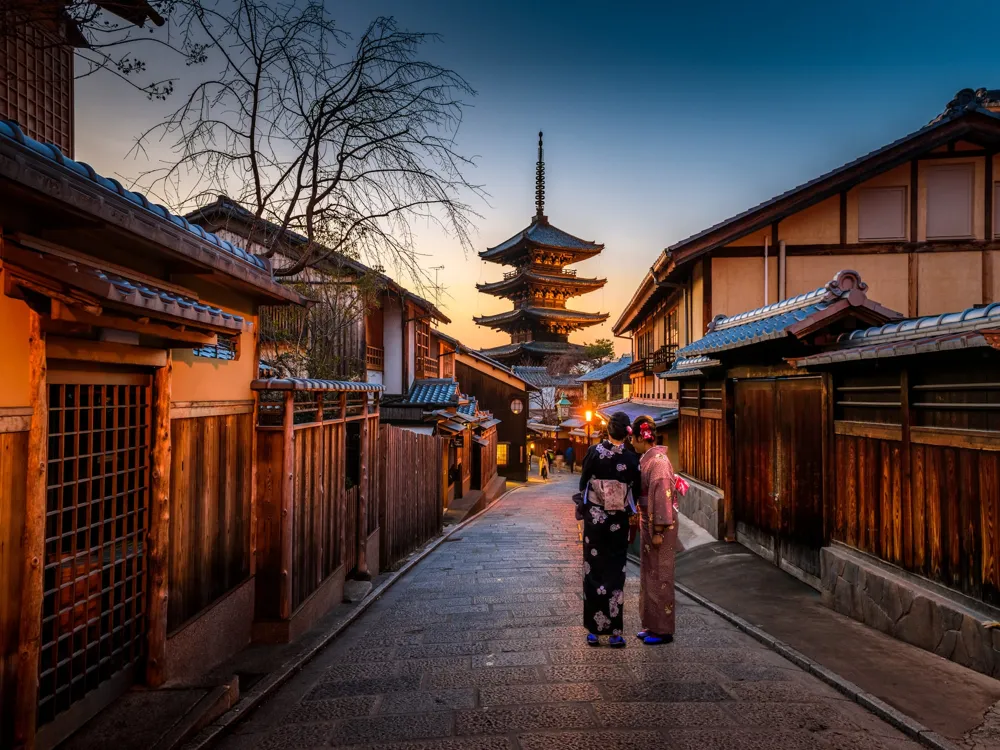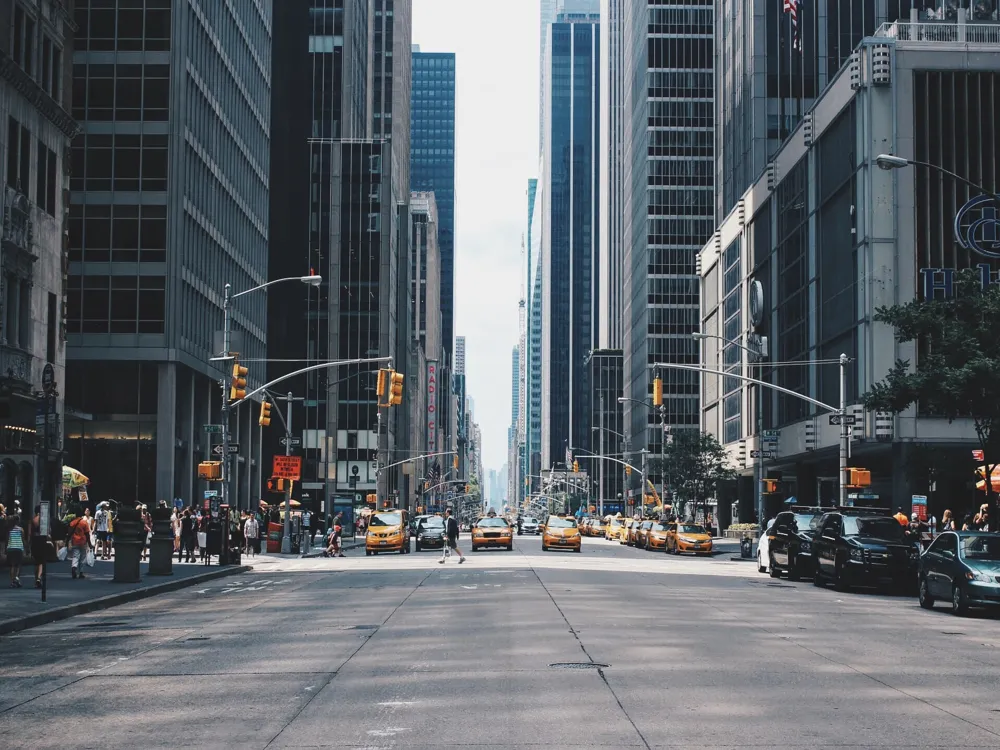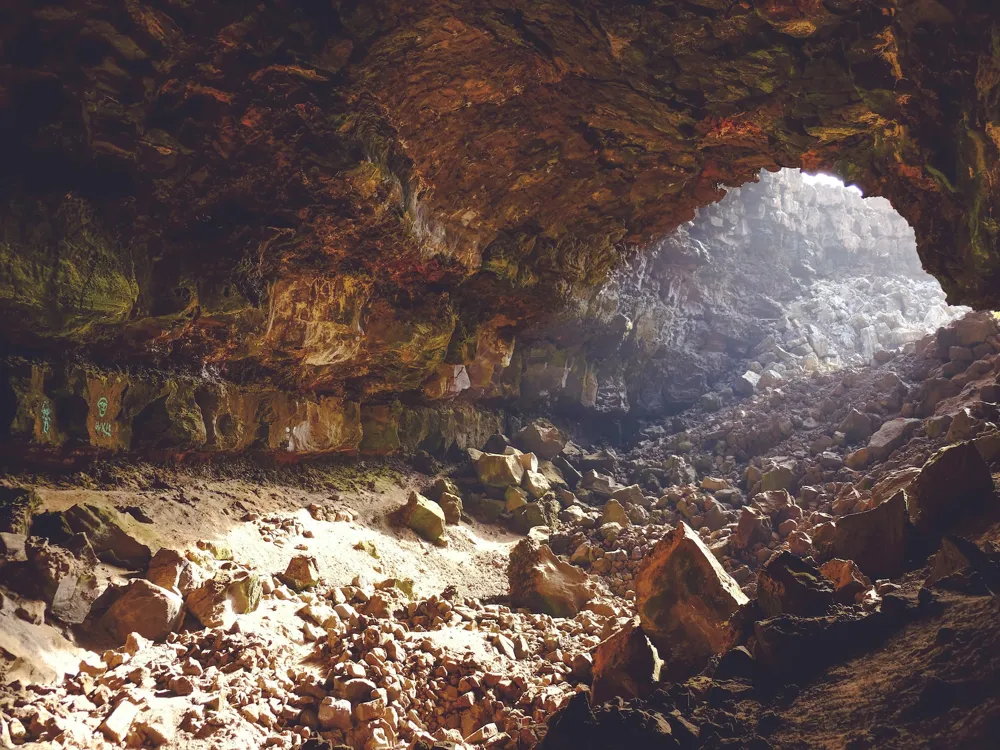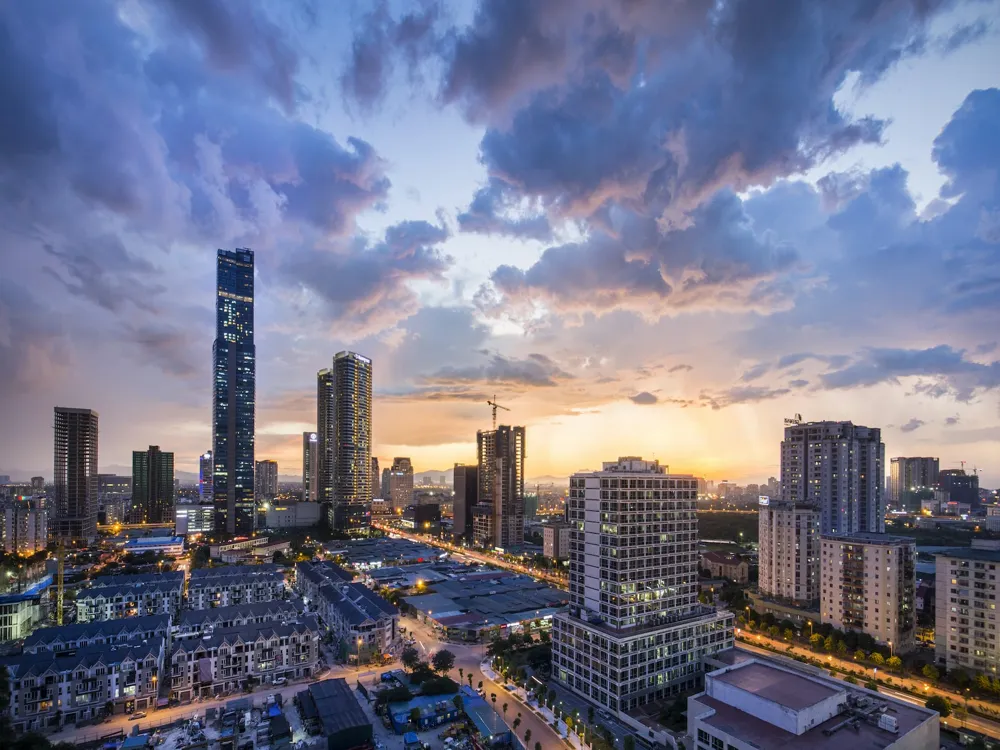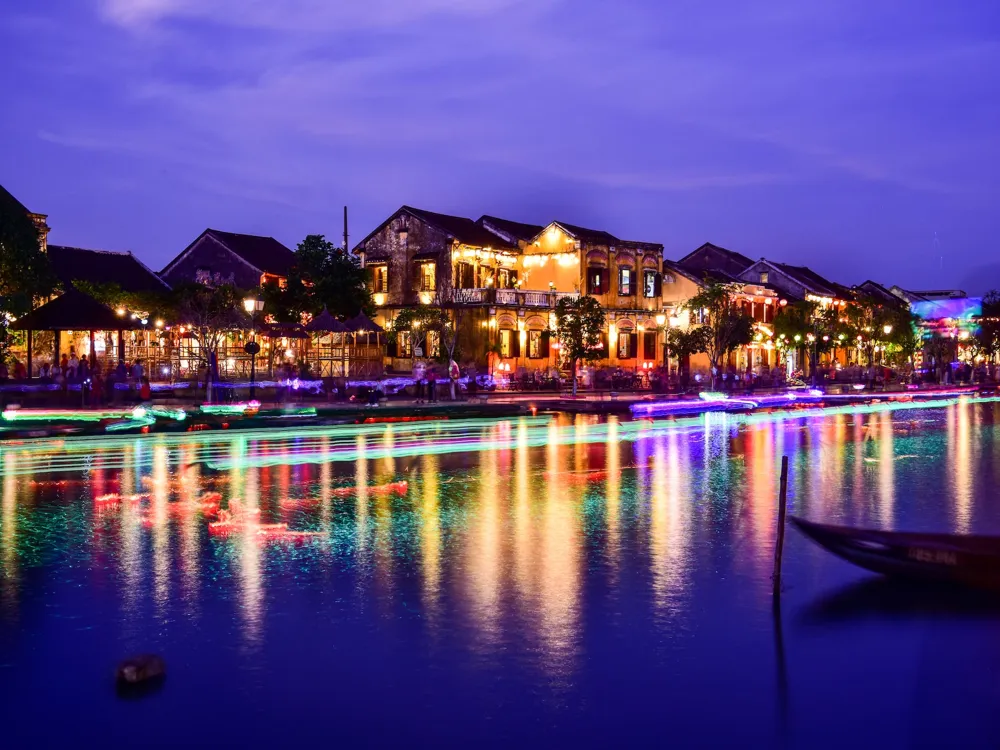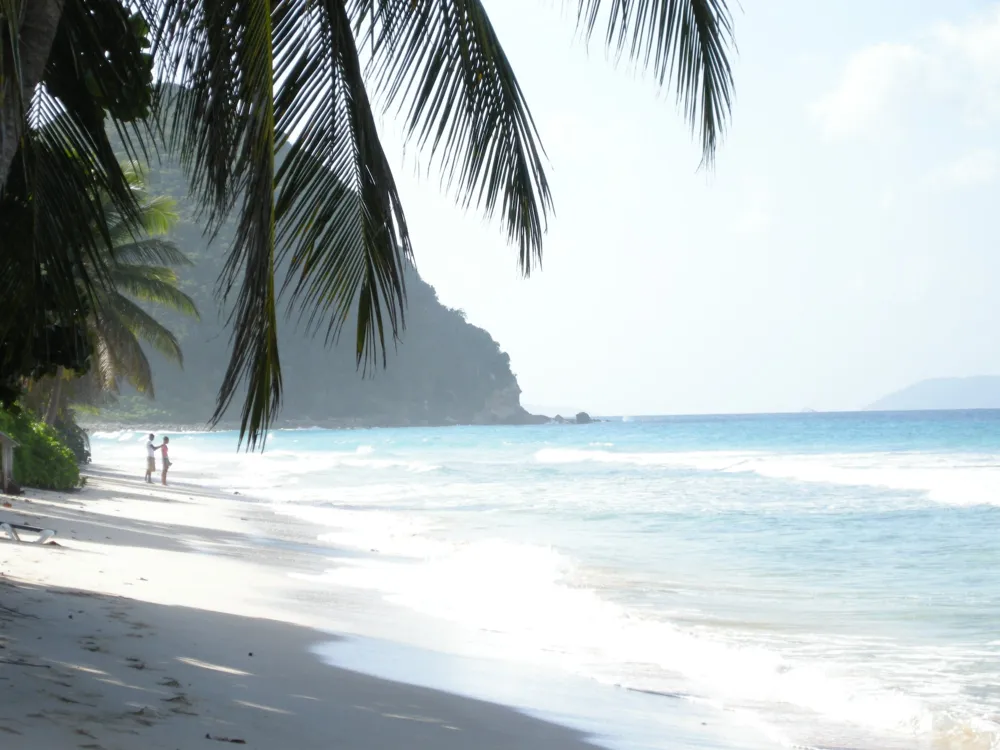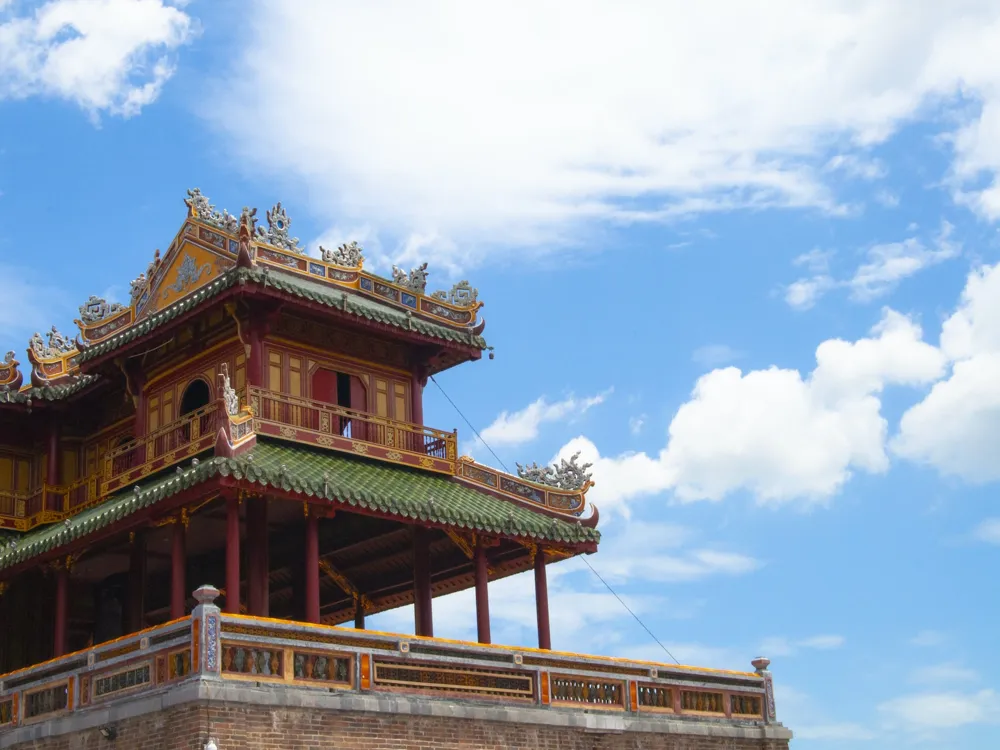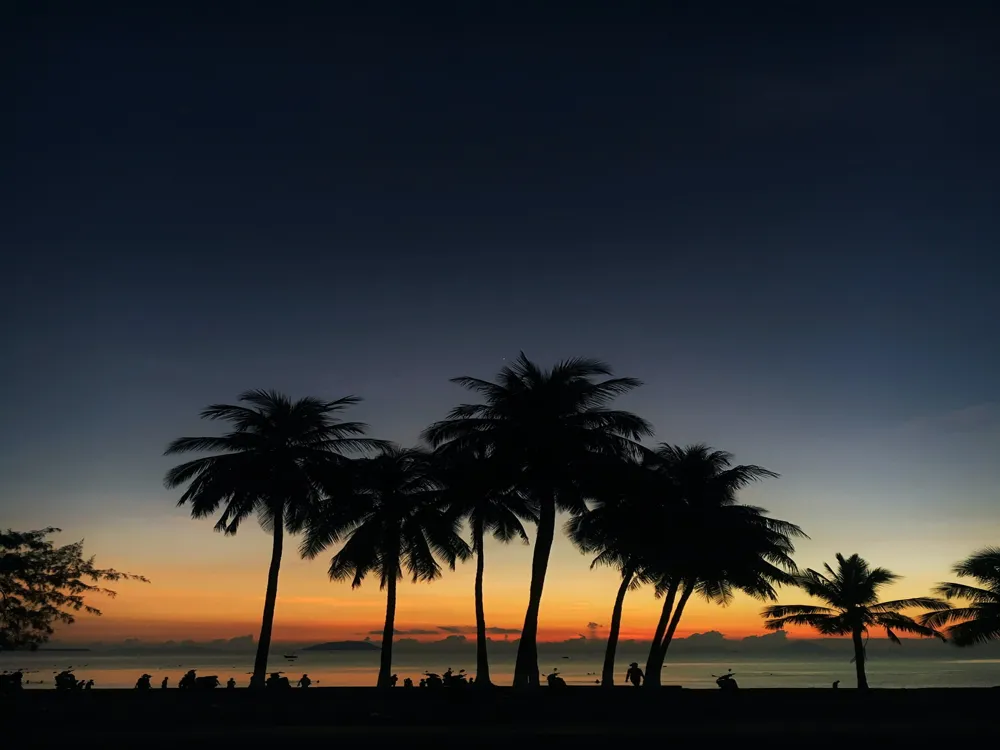Haiphong, a vibrant port city in northern Vietnam, is steeped in a rich tapestry of history and culture. Nestled near the mouth of the Red River Delta, it's the third-largest city in the country, boasting a unique blend of traditional Vietnamese charm and French colonial influences. The city serves as a crucial economic, cultural, and transportation hub, linking northern Vietnam with the world. Haiphong's history dates back to its founding in the 19th century when it became a key port for French colonial forces. This period left a lasting impact on the city's architecture and layout. In the subsequent years, Haiphong has played a pivotal role in various historical events in Vietnam, contributing significantly to the nation's narrative. Today, Haiphong is a city on the move, experiencing rapid development while preserving its historical identity. Its streets are lined with a mix of old and new, from ancient pagodas and French colonial buildings to modern skyscrapers and bustling markets. The city's rich cultural life, with its numerous festivals and celebrations, reflects the traditions and spirit of the Vietnamese people. Haiphong's economy is diverse and robust, driven by its status as a major port city. It's an industrial powerhouse in sectors like shipbuilding, steel manufacturing, and consumer goods production. Additionally, the city is an emerging destination for tourism, drawing visitors to its scenic landscapes, historical sites, and vibrant culinary scene. Haiphong's geographical position has greatly influenced its development. Situated at the Red River Delta's northern edge, it has easy access to the sea, making it an ideal location for a port. This strategic position has facilitated trade and interaction with other cultures, shaping Haiphong's unique identity. The culture of Haiphong is a rich amalgamation of influences from various epochs. The city's festivals, such as the Do Son Buffalo Fighting Festival, are famous throughout Vietnam and showcase the region's traditions and beliefs. The cuisine of Haiphong, known for its seafood and unique flavors, is a testament to its coastal location and diverse cultural influences. As a major port city, Haiphong plays a vital role in Vietnam's economy. Its port is among the busiest in Southeast Asia, facilitating international trade. The city's industrial sectors contribute significantly to the national GDP, making it a key player in Vietnam's economic landscape. Haiphong is actively working on sustainable development and environmental conservation. The city's initiatives focus on reducing pollution, preserving green spaces, and promoting sustainable urban development to ensure a balance between growth and environmental stewardship. Haiphong's architecture is a fascinating blend of historical and modern styles, reflecting its rich past and dynamic present. The cityscape is dotted with buildings that tell stories of different eras – from ancient Vietnamese structures to French colonial buildings and contemporary high-rises. The French colonial era left a significant mark on Haiphong's architecture. Elegant villas, administrative buildings, and churches built during this period exhibit the classic French architectural style, characterized by their ornate facades, tall windows, and spacious verandas. These structures are not only aesthetically pleasing but also serve as a window into the city's colonial past. Traditional Vietnamese architecture in Haiphong is best seen in its temples and pagodas. These structures, often featuring intricate carvings and typical Vietnamese motifs, are central to the city's cultural and religious life. The Nghe Temple and Hang Kenh Communal House are prime examples, showcasing the skill and artistry of Vietnamese craftsmen. In recent years, Haiphong has seen a surge in modern architecture. New skyscrapers and commercial complexes are reshaping the city's skyline, symbolizing its growth and development. These modern structures, while distinctly contemporary, often incorporate elements of traditional Vietnamese design, creating a unique architectural language that speaks to Haiphong's identity. Haiphong recognizes the importance of preserving its architectural heritage. Efforts are being made to protect and restore historical buildings, ensuring that the city's history is not lost amid rapid urbanization. These preservation initiatives are crucial in maintaining the city's character and charm. The diverse architecture of Haiphong is a significant draw for tourists. Visitors are captivated by the city's unique blend of old and new, east and west. The architectural landmarks of Haiphong not only offer aesthetic pleasure but also provide insights into the city's history and culture. Architectural tours in Haiphong are popular among tourists. These tours offer a guided exploration of the city's architectural highlights, from ancient pagodas to colonial buildings and modern skyscrapers, providing a comprehensive understanding of Haiphong's architectural evolution. As Haiphong continues to grow, so does its architectural landscape. The city is embracing modern design while being mindful of its historical roots. Future developments are expected to reflect this balance, contributing to Haiphong's reputation as a city where tradition and modernity coexist harmoniously. The ideal time to visit Haiphong is during the dry season, from November to April. During this period, the weather is pleasant, with less humidity and minimal rainfall, making it perfect for exploring the city. Haiphong's cuisine is a must-try, especially its seafood dishes. Local specialties like Banh Da Cua (crab noodle soup) and Nem Cua Be (crab spring rolls) offer a taste of the city's culinary richness. Respect for local customs and traditions is important. Visitors should dress modestly when visiting religious sites and be mindful of cultural norms to ensure a respectful and enriching experience. Public transport in Haiphong is reliable and convenient. However, for more flexibility, consider renting a scooter or bicycle to explore the city at your own pace. Haiphong offers a range of accommodation options, from budget hostels to luxury hotels. Staying near the city center is recommended for easy access to major attractions. Haiphong is well-connected and accessible by various means of transportation. The city's Cat Bi International Airport serves domestic and some international flights, making air travel a convenient option. Haiphong is also reachable by train from Hanoi and other major cities, offering a scenic journey through the countryside. Additionally, the city's road network is well-developed, with frequent bus services connecting it to other parts of Vietnam. For a unique experience, visitors can take a ferry from nearby islands or coastal towns to reach Haiphong, enjoying the beautiful seascape along the way.Overview of Haiphong
Geographical Significance
Cultural and Social Aspects
Economic Contributions
Environmental Initiatives
Architecture of Haiphong
Preservation Efforts
Impact on Tourism
Architectural Tours
Future Developments
Tips When Visiting Haiphong
Best Time to Visit
Local Cuisine
Cultural Etiquette
Transportation Tips
Accommodation Choices
How To Reach Haiphong
Haiphong City Museum
Haiphong
NaN onwards
View haiphong Packages
Weather :
Tags : Museum
Timings : 8 AM - 10-30AM (Tuesday-Sunday)
2 PM - 4:30 PM (Tuesday-Friday)
Entry Fee : VND 5000
Planning a Trip? Ask Your Question
Haiphong Travel Packages
View All Packages For Haiphong
Top Hotel Collections for Haiphong

Private Pool

Luxury Hotels

5-Star Hotels

Pet Friendly
Top Hotels Near Haiphong
Other Top Ranking Places In Haiphong
View All Places To Visit In haiphong
View haiphong Packages
Weather :
Tags : Museum
Timings : 8 AM - 10-30AM (Tuesday-Sunday)
2 PM - 4:30 PM (Tuesday-Friday)
Entry Fee : VND 5000
Planning a Trip? Ask Your Question
Haiphong Travel Packages
View All Packages For Haiphong
Top Hotel Collections for Haiphong

Private Pool

Luxury Hotels

5-Star Hotels

Pet Friendly








